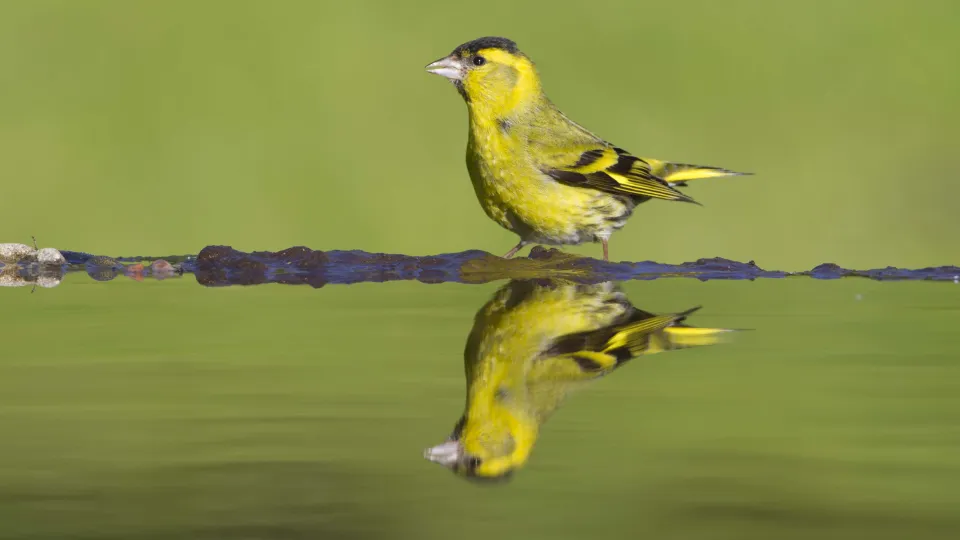
Siskin
An attractive, green-and-yellow bird, the siskin regularly visits birdtables and feeders in gardens. Look for the bright yellow barring on its black wings, and the black crown of the males.

An attractive, green-and-yellow bird, the siskin regularly visits birdtables and feeders in gardens. Look for the bright yellow barring on its black wings, and the black crown of the males.
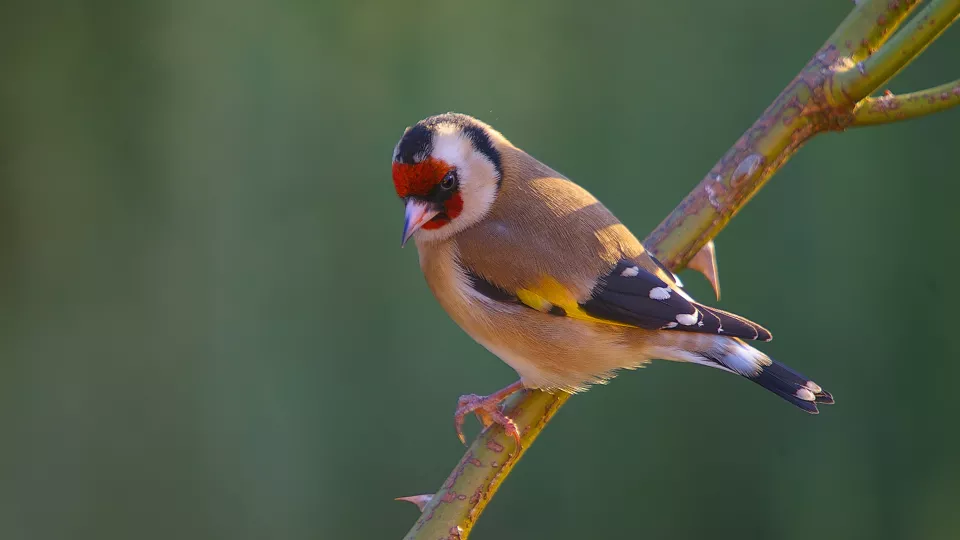
The striking red crown, golden back, and bright yellow wings of the goldfinch make it one of our prettiest garden birds. It happily visits birdtables and feeders across the UK.
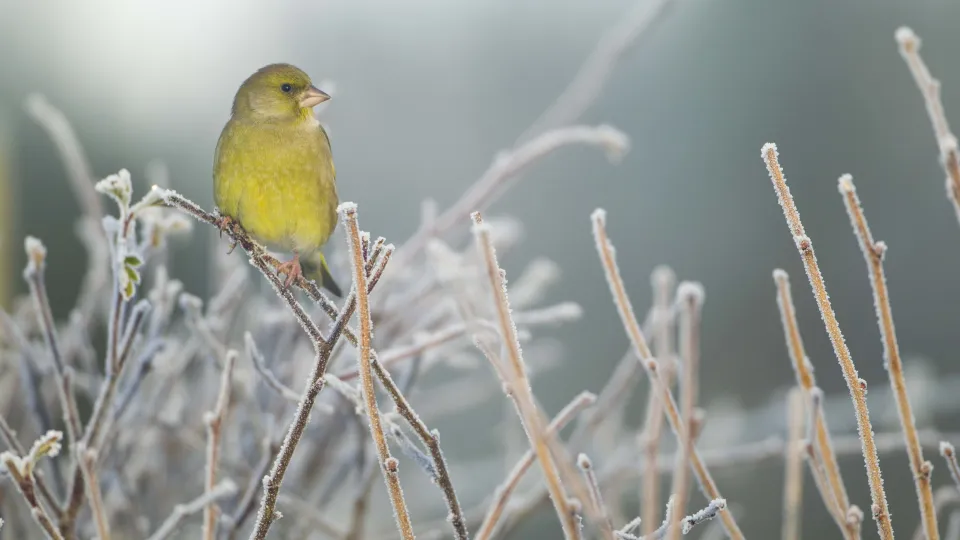
An attractive, olive-green bird, the greenfinch regularly visits birdtables and feeders in gardens. Look for a bright flash of yellow on its wings as it flies.
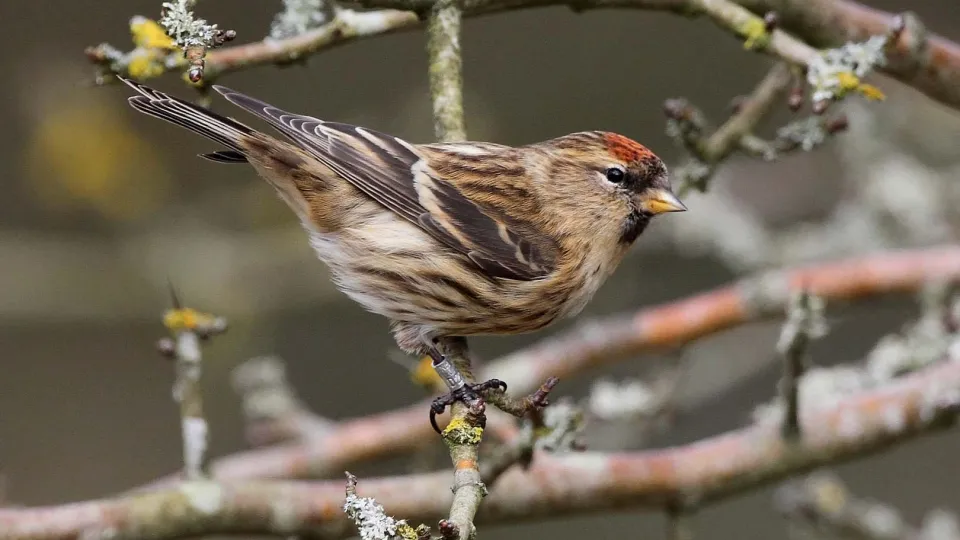
Traditionally a small finch of woodland and scrub, it appears that the lesser redpoll is now moving into our gardens. It has a streaky brown body, red forehead and black bib, and mostly feeds on seeds.
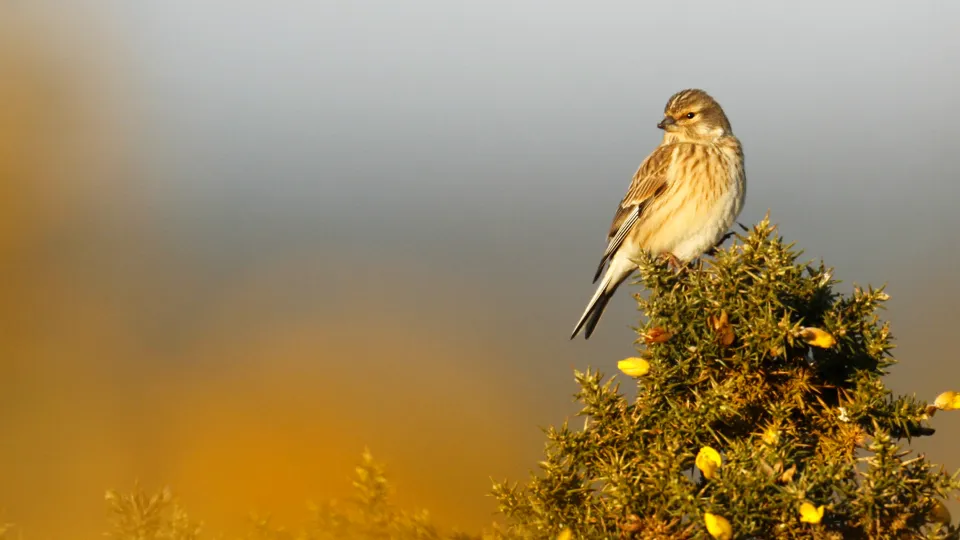
The linnet can be seen on farmland and heathland across the UK. But, like so many other farmland birds, linnets are declining rapidly, mainly due to agricultural intensification.
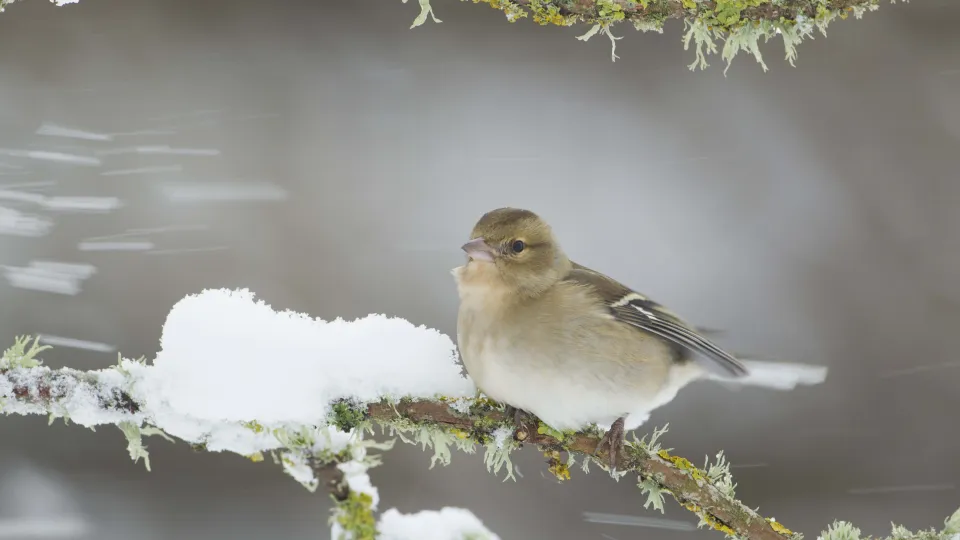
The colourful and delightful chaffinch is a regular garden visitor across the UK. Look out for it hopping about on the ground under birdtables and hedges.
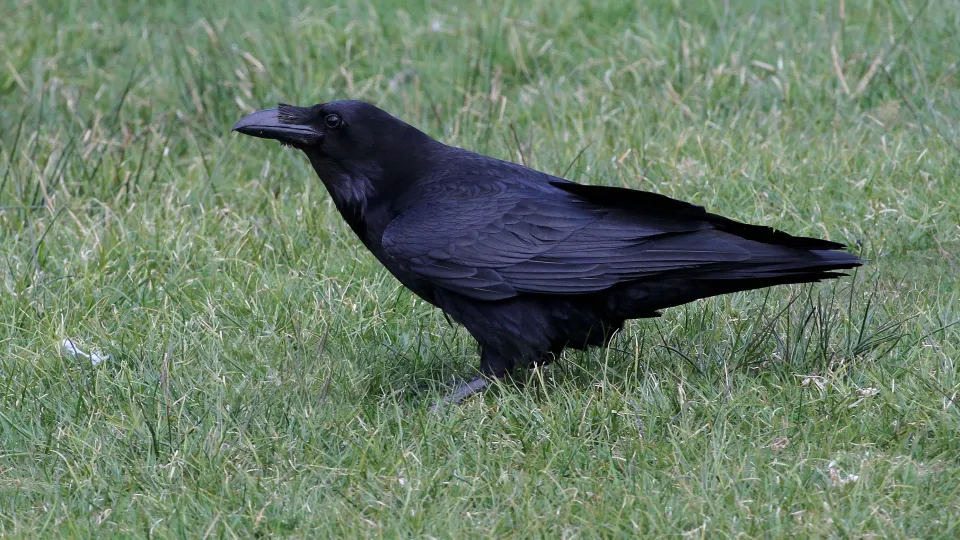
The raven is famous for being the imposing, all-black bird that guards the Tower of London. Wild birds live in forests, and upland and coastal areas in the north and west of the UK.
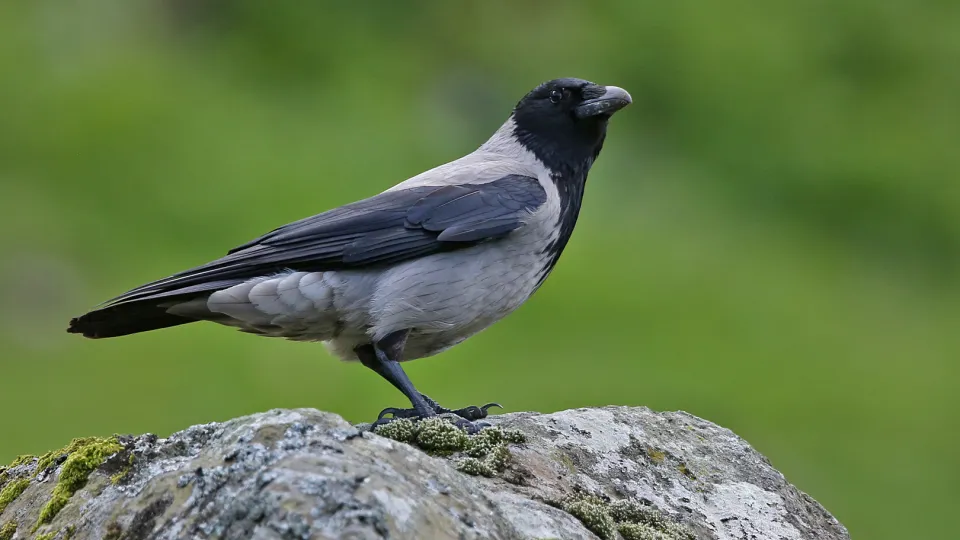
The hooded crow was thought to be the same species as the carrion crow, but they have now been separated. Less widespread than its cousin, look for it in North Scotland, Northern Ireland and the Isle of Man.
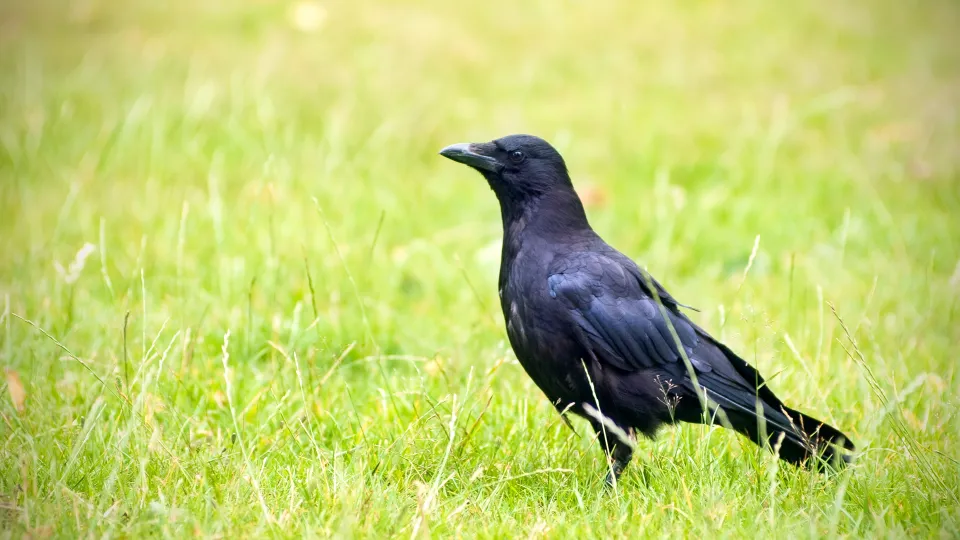
The all-black carrion crow does not nest in colonies like the similar rook. It can be seen almost everywhere.
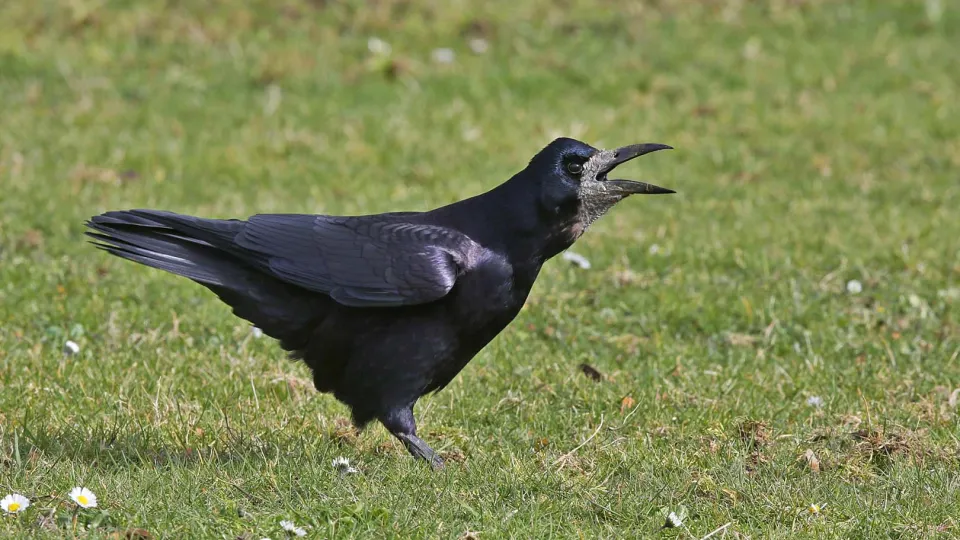
The all-black rook is a sociable bird, so can be spotted in flocks or nesting colonies, known as 'rookeries'. Unlike the similar carrion crow, it has a grey bill and 'baggy trouser' feathers around its legs.